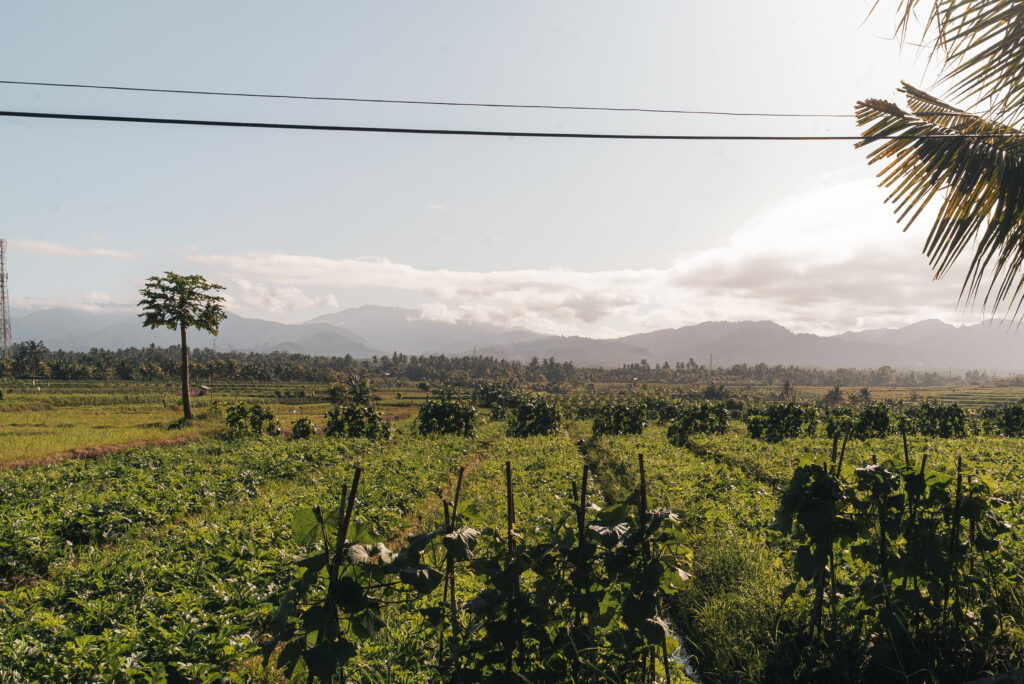RUNNING in Bali: How to Train for a Marathon in Hot Weather
Training for a marathon is a challenge in any climate, but doing it in Bali’s tropical heat and humidity takes it to another level. Long runs under the palm trees sound like a dream, until you start doing it. The heat, humidity, hills and traffic can be a real challenge.
Whether you’re training for a race on Bali itself (like the Bali Marathon) or using your time on the island to prepare for a marathon elsewhere, this blog shares practical tips to help you stay safe, consistent and perform your best.

1. Start Very Early to Avoid the Worst Heat and Traffic
- Most important one is to find the coolest and less humid hours of the day to run, which is usually around sunrise (6am).
- For long runs, you should probably start even earlier to avoid heat and traffic later on.
- Night or afternoon runs are also possible, but keep in mind that humidity is still high at the end of the day.
2. Wear the Right Gear
- Make sure to wear the right clothes for the heat (lightweight and breathable)
- Use a cap/visor and sunglasses to protect yourself against the sun
- Use SPF sunblock
- For longer runs (>60mins) carry water or isotonic (running vest, slim belt or handheld)
- When running in the dark, wear lights or reflective details to be visible.
3. Pick the Right Routes
Busy roads and pollution will have your heart rate go up. To make running more enjoyable around Bali, you have to find quieter roads. Avoid main roads like Sunset Road, Jl Bypass and Jl Raya Canggu. Besides that, there are many very steep uphill parts in Bali. If you want to run steady, try to avoid these. Very effective for hill training though.
Google Maps or Strava can help you find routes or check this article for some recommended running routes.
4. Adjust Your Expectations and Pace
Heat and humidity will naturally slow you down, as it’s harder on the body. To get the best out of your training, you should adapt your training plan.
- Start with easy runs for acclimatization (2-3 weeks minimum)
- Spread your weekly volume across more frequent, shorter runs if needed
- Run by effort (heart rate or perceived exertion) instead of pace
- Consider splitting long runs (e.g. morning and evening)
- As soon as you are fully acclimatized, you can start adding some more speedwork, but keep in mind that the paces you might hit in Europe, will feel harder in the tropics.
5. Hydration and Fueling
Hydration and fueling in the tropics will make or break your performance in the heat. This will have a much bigger impact on your running than it will have in cooler climates.
- Hydrate sufficiently before, during, and after every run
- Use electrolytes, not just water (isotonic drinks are recommended)
- Carry fluids or pre-place bottles on your route (especially for runs >60mins)
- Eat light before morning runs (banana, toast with jam, energy gel) to avoid heat nausea and bring gels on longer runs (>60mins)
- Make sure to refuel and rehydrate after your runs.
Some other things to keep in mind when running in Bali:
- Traffic wakes quickly, be aware of increasing traffic and make sure you hear the traffic.
- Don’t make unexpected moves and always sign with your hands if you want to cross or change lanes.
- There are many stray dogs in Bali, that might bark at you or even attack you. Try to avoid eye contact and pass them at a distance.
- Be careful where you put your feet. Sidewalks are limited, and the ones that are there, are often broken or uneven.
- Always carry some money and your phone in case you run out of fuel/hydration or something happens.
Training for a marathon in Bali’s tropical heat is definitely possible, you just need to adjust your expectations, paces and listen to your body. If you do that, it can even be very enjoyable to run around Bali.
Looking for some route inspiration around Bali? Check out this article.
